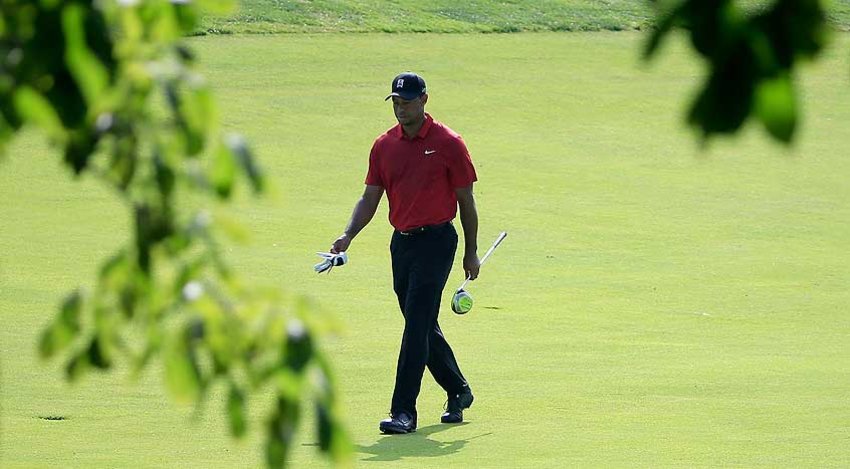Golf Flow
Master you mind, master the course
Gio Valiante,
Human Kinetics, 2013, p. 228
www.humankinetics.com
In the title is already explained the goal the golfer has to achieve: let flow the mind and the shot will be good. The author, Gio Valiante was named one of the 40 most influential under-40 people in golf by Golf Magazine and in this book he talks about flow not only from the theoretical point of view but also from the side of the PGA golfer experiences.
Reading Golf Flow we understand the mental side of golf. It could seem obvious because every person knows that golf is a mental game but here we find explained in which way this happen; in which way the golfers use their time, practice the control, tune the effort and develop the awareness regarding the performance. Valiante provides a great deal of current research and he is never trivial when providing his advices. The amateur golfers reading this book will find many ideas to start their mental practice.
In my opinion the best part of Golf Flow is that one regarding the current top PGA pros, who talk through the author about their mental flow state, saying how much it permitted them to cope under pressure. This book may give the competitive golfers another tool to take their game to their highest level. The amateur golfers will find useful information coming from different top golfers and from these different persons and experiences they can find that one is better for them. The many professional insights about his work with the top golf are like this one:
“As it happens for many golfers, Justin’s instinct told him to go into Sunday and to be aggressive right to get-go. The details vary from golfer to golfer, but the philosophy is a cowboy version of golf that goes something like this: “Fire at every flag, go for par fives in two, be aggressive on every putt, and throw all strategy, patience, and ball placement to wind. I asked Justin to do the opposite and let patience and discipline define the round by using the first few holes to establish the rhythm of his routine.”
The book is full of these experiences and for this reason I believe that it’s very useful for the golfer of every level and for the coaches and sport psychologists who want to know better the mental side of the golf.









